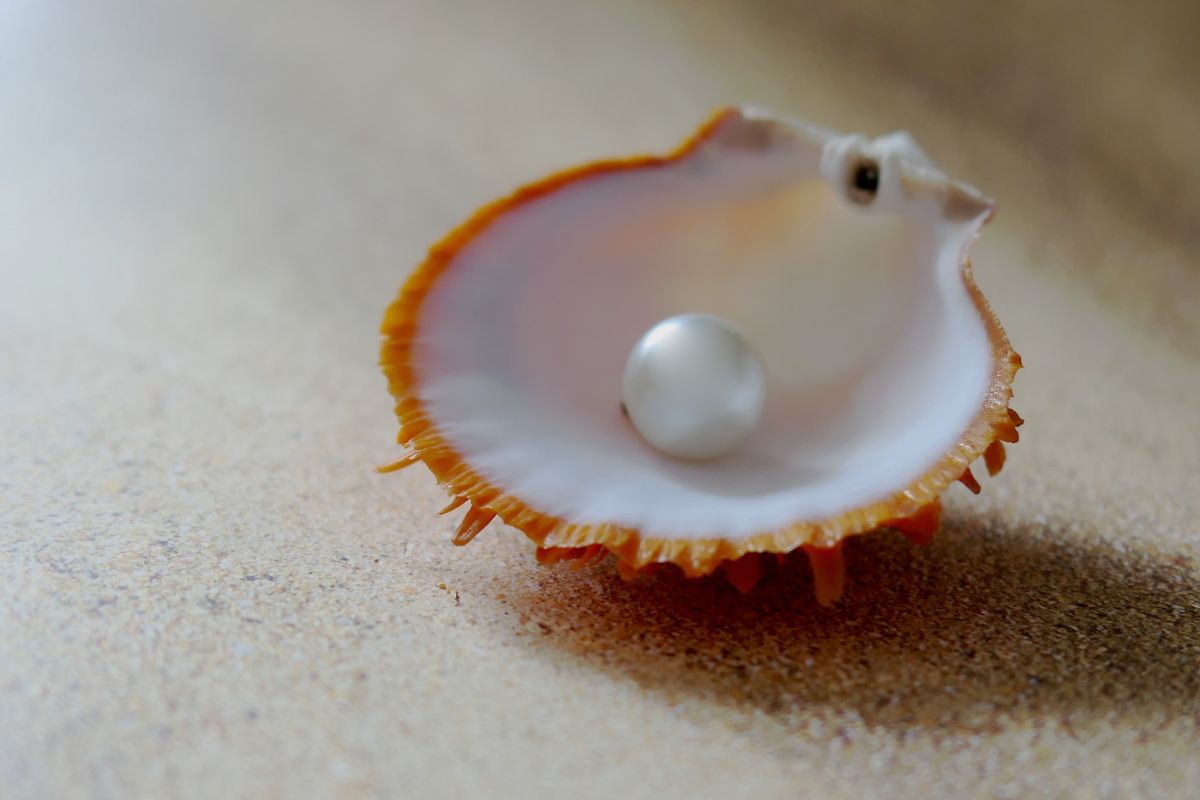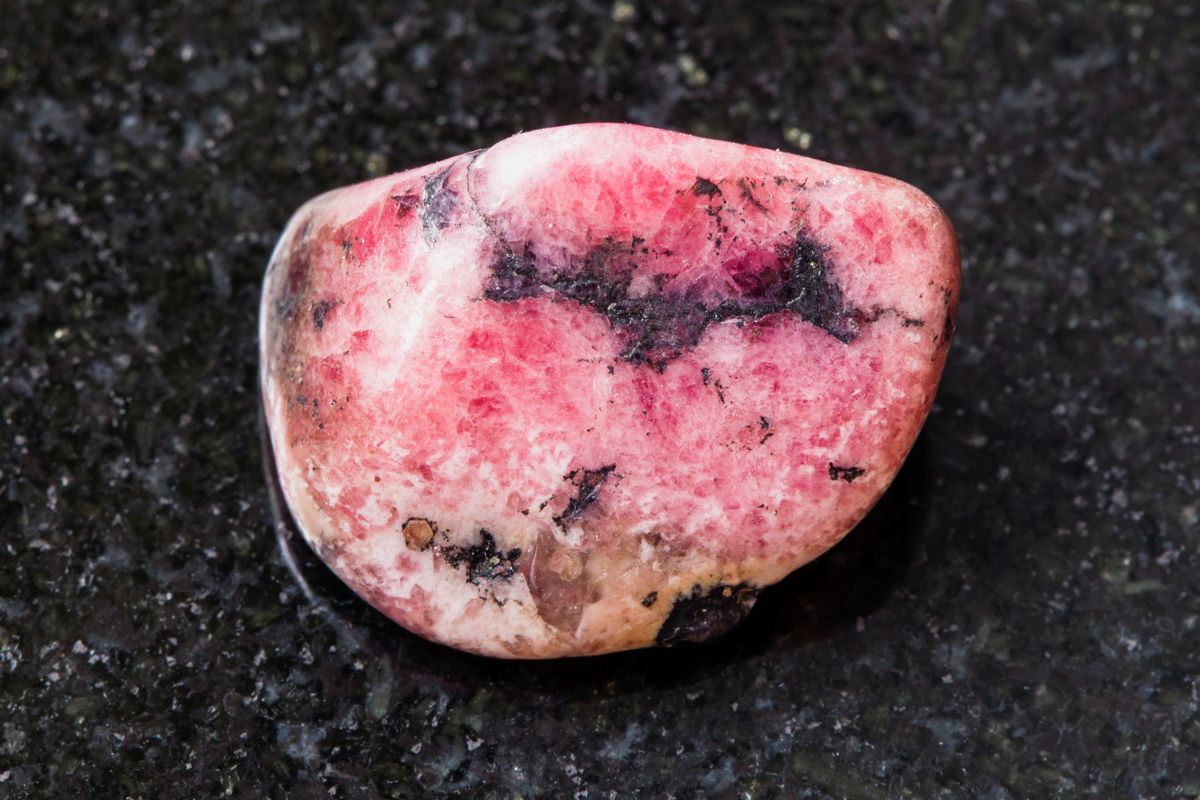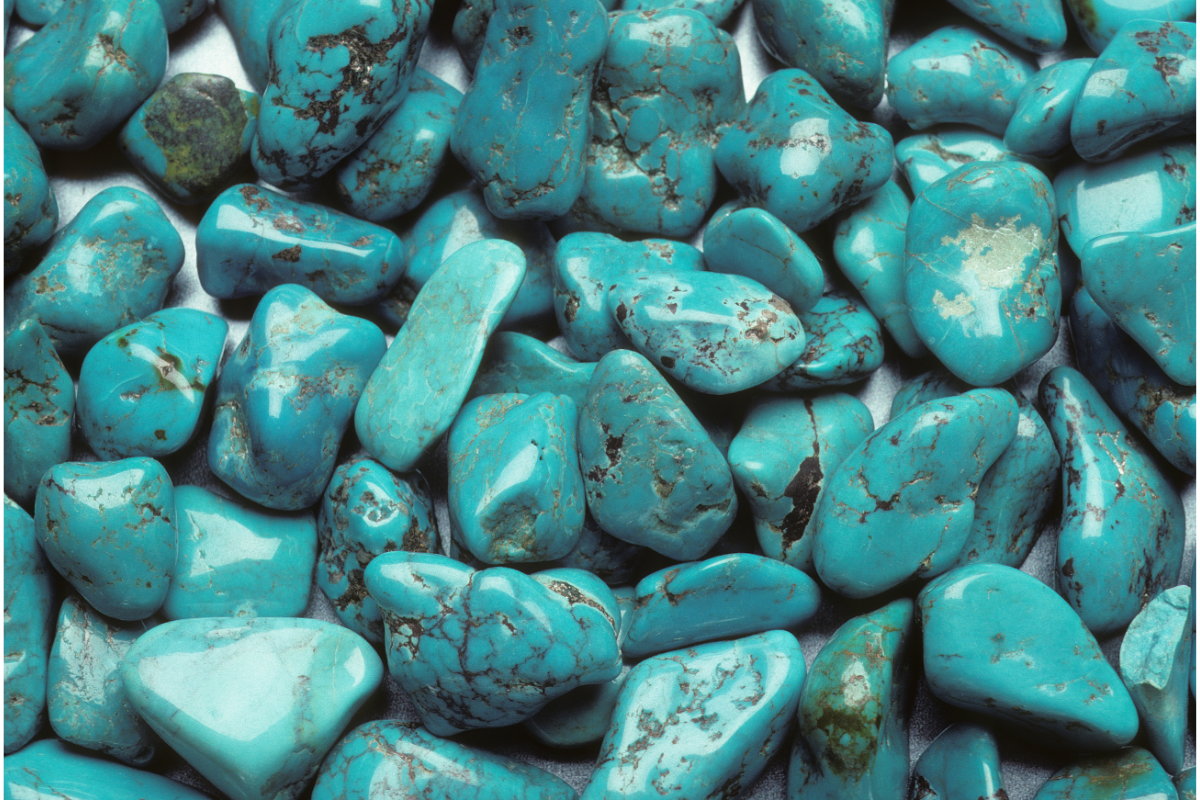Diamonds are beautiful and rare, but they aren’t always real. Diamond simulants are man-made diamonds that look exactly like natural ones.
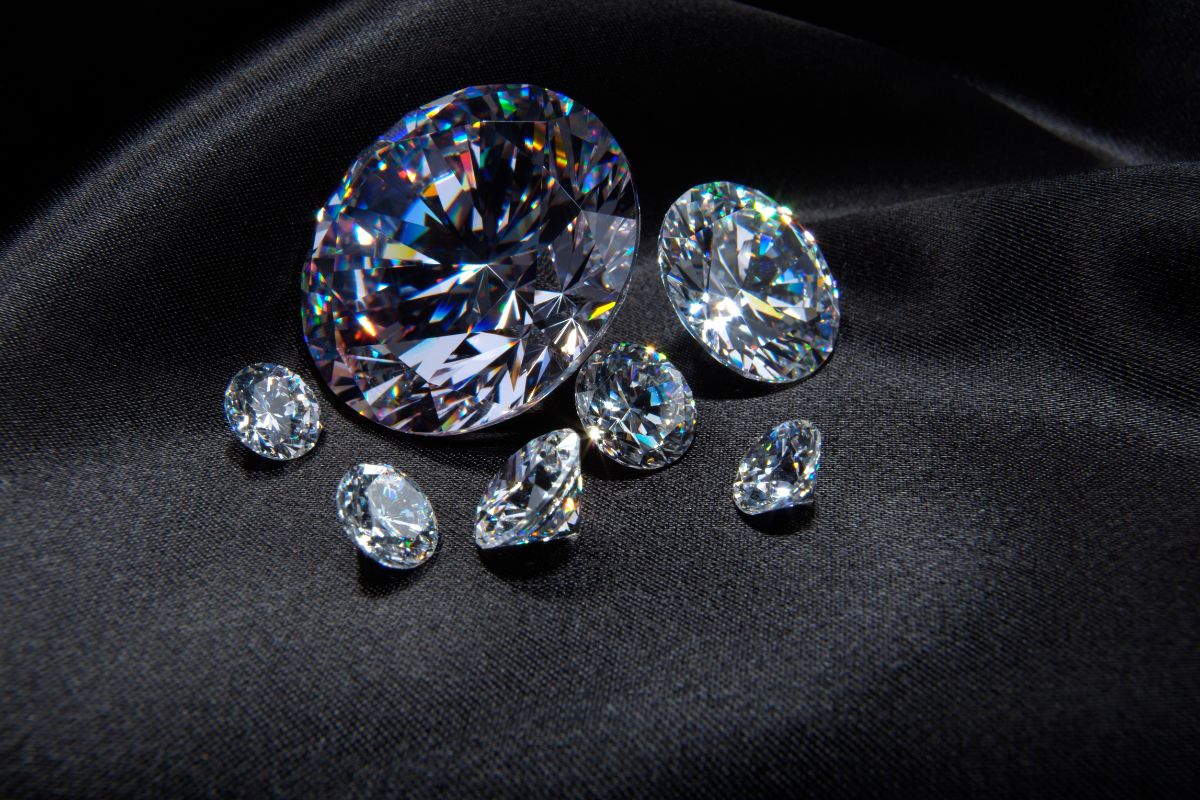
They are often used in jewelry manufacturing because they are cheaper than real diamonds.
Simulated diamonds are created using industrial processes that mimic those found in nature. The result is a synthetic gemstone that looks identical to its real counterpart.
These gems are usually created through chemical or thermal treatments. This means that they don’t require mining, which makes them much less expensive than their real counterparts.
What Exactly Is A Diamond?
Diamonds are a sharp mineral that is composed primarily of a material called carbon that forms a crystal structure.
They are often used as gemstones because of their unique properties. In fact, they are the most durable substance known to man.
A naturally mined crystal, diamond is actually formed under hard and extreme pressures and heat that is deep within the Earth’s crust.
It takes millions of years for diamond crystals to form. When it does, it becomes a gemstone.
The hardness and brilliance of a diamond depend upon how pure it is. Purer diamonds are harder and brighter. Because of this, you’ll pay more for a flawless diamond.
In addition to being hard, diamonds are very strong. They’re able to withstand tremendous forces without breaking.
As such, they make great jewelry components, including rings, earrings, necklaces, bracelets, and pendants.
What Is A Simulated Diamond?
Simulated diamonds are imitation gems that look exactly like diamonds, but don’t actually contain any carbon atoms.
They’re often used to make jewelry pieces that mimic diamond rings, bracelets, necklaces, and earrings. These fake stones are commonly referred to as “simulants.”
Diamond simulants are manufactured to look like diamonds, but are both visually and chemically different from diamonds.
Cubic zirconia (also known as CZ), for example, looks just like a diamond, but it isn’t a true diamond because it doesn’t contain any carbon atoms.
Moissanite is another type of simulating stone that resembles a diamond, but it’s not a real diamond either. Both types of stones are usually sold at a cheaper price than genuine diamonds.
The term “diamond simulant” refers to a wide variety of materials that resemble diamonds, including synthetic rubies, sapphires, emeralds, and even colored glass.
Some of these items are marketed under names like “gemstone,” “cubic zirconia,” “glass diamond” and “platinum diamond.”
What Do We Need To Know About Simulated Diamonds?
The term “diamond simulant” refers to a variety of gemstone simulants produced in labs today. Some of these include cubic zirconia, moissanite, and lab-grown ruby.
While some people believe that these products are real diamonds, there are significant differences between natural and synthetic gems.
For example, synthetic gemstones do not contain carbon; therefore, they cannot undergo the same processes as natural diamonds during mining and polishing.
Additionally, synthetic stones are never mined out of the earth like natural diamonds.
What Do They Look Like?
Diamond simulant makers are always looking for ways to differentiate themselves from one another.
One way is to use different materials, such as glass, sapphire, or even plastic, to make their products look like real diamonds.
But there is another way to do it without changing the material itself.
A new study published in Scientific Reports suggests that the appearance of a diamond simulant could be improved by altering its optical properties.
The researchers used a technique called Raman spectroscopy to measure the optical properties of diamond simulants.
They found that the optical properties of some of the most popular diamond simulants, including cubic zirconia, cubic boron nitride, and silicon carbide, could be altered by adding small amounts of titanium dioxide.
These changes resulted in a noticeable change in the appearance of the simulants.
In fact, the addition of just 0.1% titanium dioxide caused the simulated stones to glow red under black light illumination.
How Much Do They Cost?
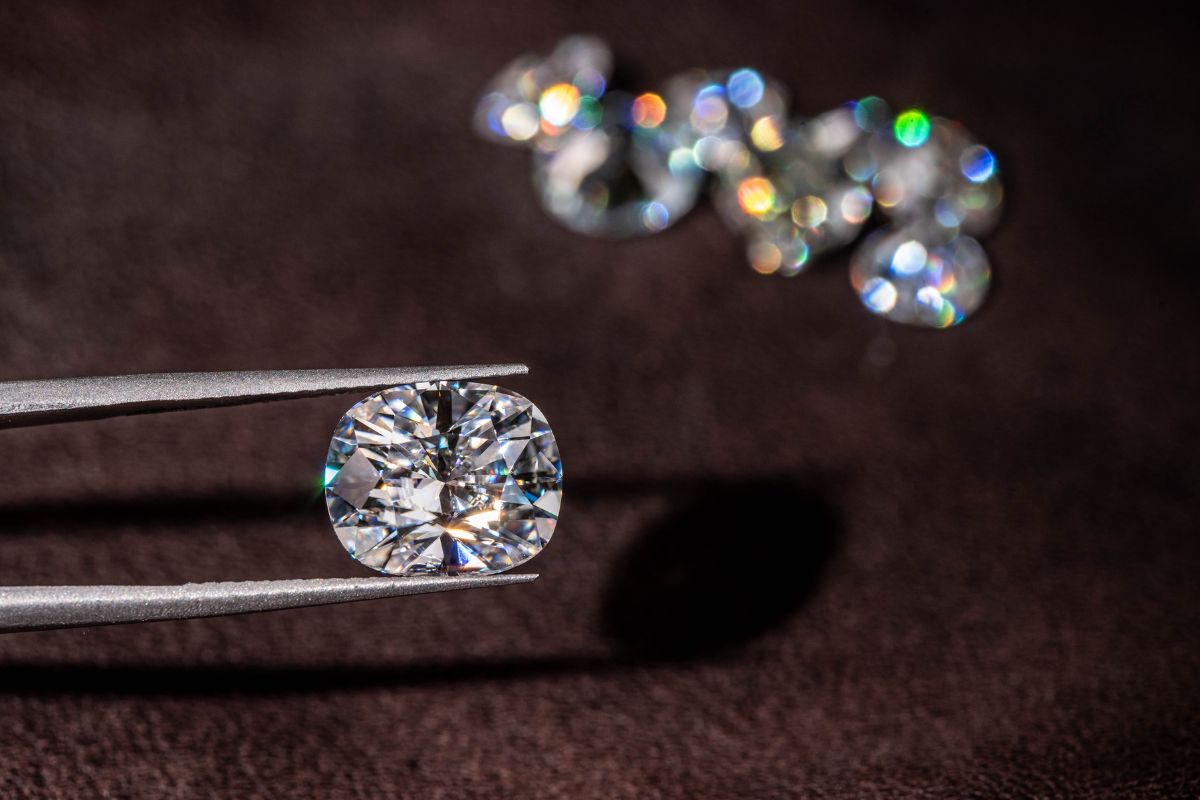
The cost of many popular diamond simulators is often much lower than either natural or lab diamonds. This makes them a good choice for those looking to spend less money on their engagement ring.
If you want to go down the path of a simulated stone, here are three factors to keep in mind:
1. Size
When shopping for a diamond simulant, make sure the center gemstone matches the size of the band. A larger gemstone could cause the ring to look too large.
Also, make sure the center stone isn’t too small. You don’t want to end up with a ring that looks cheap and unprofessional.
2. Color
Color is another important factor to consider when selecting a diamond simulant. Most stimulants come in white, yellow, or pink.
White and yellow are considered safe colors, whereas pink is typically associated with a high risk of breakage. Make sure the color of the stone matches the color of the band.
Why Choose A Simulated Diamond?
The world of ethical consumerism is expanding beyond just buying fair trade coffee beans and avoiding products made with conflict minerals.
In fact, there are now many ways to buy a diamond without contributing to the global diamond mining industry.
Ethical consumers are choosing to invest in diamonds that are produced under controlled conditions.
These diamonds are known as “diamond simulants.” They look and feel like real diamonds, but they’re actually manufactured synthetically in labs.
While there are still plenty of reasons why you should consider purchasing a real diamond over a simulated one, the most important reason is simply that you want to ensure that you are supporting a sustainable industry.
If you are concerned about the impact that the mining industry has on the planet, then you should definitely opt for a diamond simulant.
While it might seem impossible to find a diamond that doesn’t come from a mine somewhere around the globe, it’s possible. There are several different types of diamond simulants, including lab-grown diamonds.
Lab-grown diamonds are grown in a laboratory rather than being extracted from natural deposits. This method eliminates the environmental impact of extracting diamonds from mines.
Final Thoughts
If you’re interested in investing in an ethical engagement ring, then you’ll need to do your research before making any purchases.
While there are plenty of benefits to buying a diamond simulant, there are also drawbacks.
For example, synthetic diamonds aren’t always guaranteed to last forever. It’s best to know what you’re getting into before committing to a purchase.
- 15 Crystals That Cannot Be Exposed To The Sun - January 7, 2024
- Malachite Vs Fuchsite – Benefits And Uses - January 7, 2024
- Malachite Vs. Green Jasper: Benefits And Uses - January 7, 2024

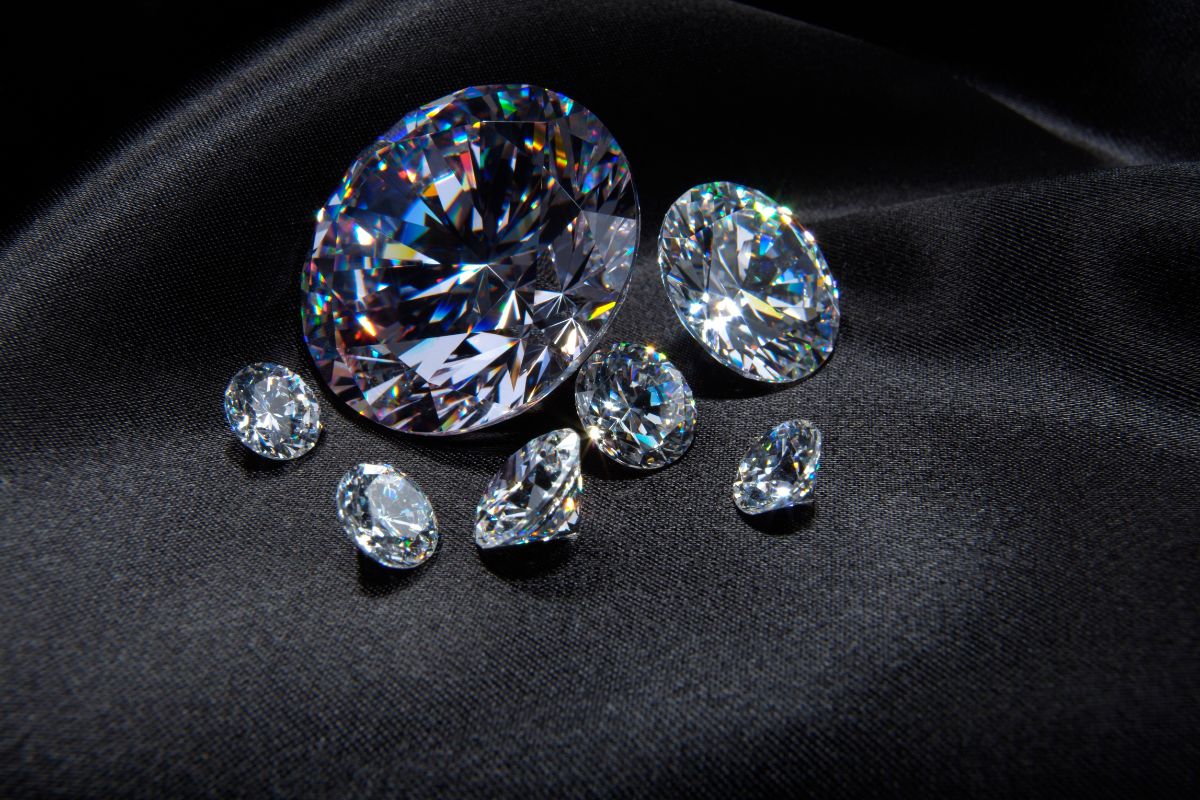

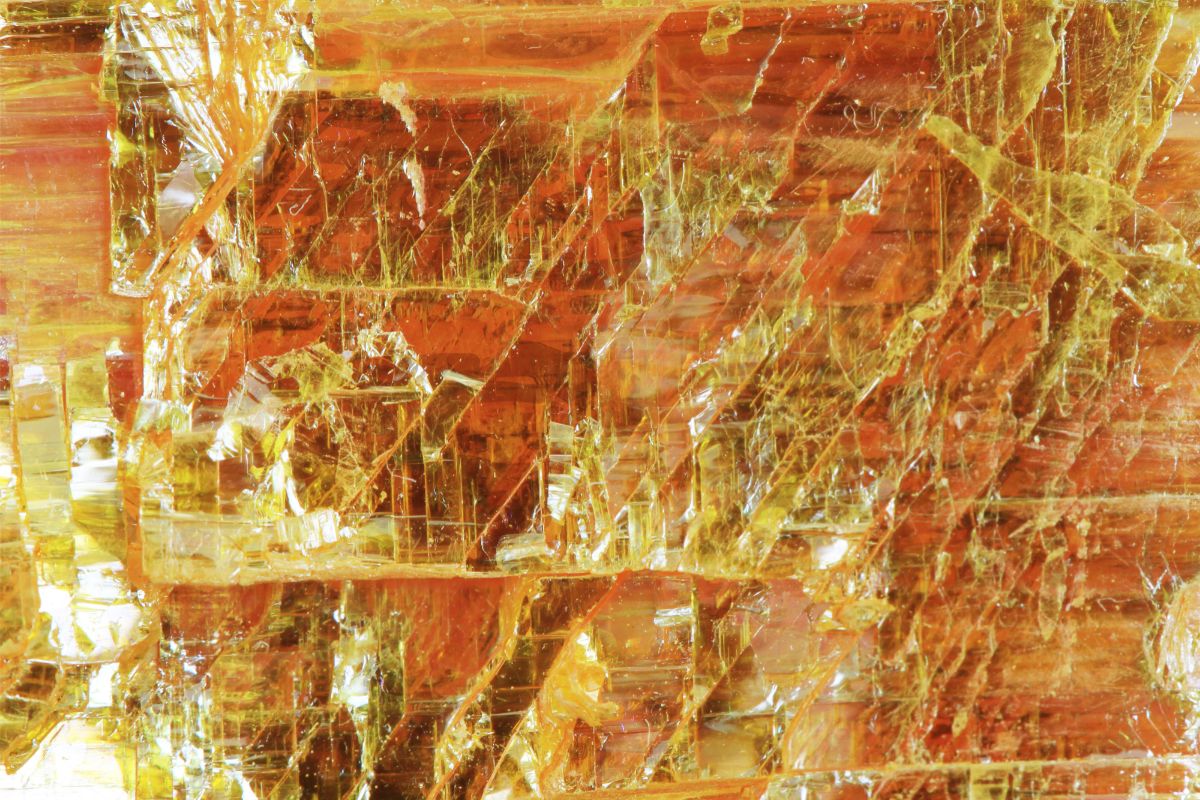


![Which One Should You Choose? [Sapphire Or Diamond] Which One Should You Choose? [Sapphire Or Diamond]](https://thatcrystalsite.com/wp-content/uploads/2022/12/Which-One-Should-You-Choose-Sapphire-Or-Diamond.jpg)

